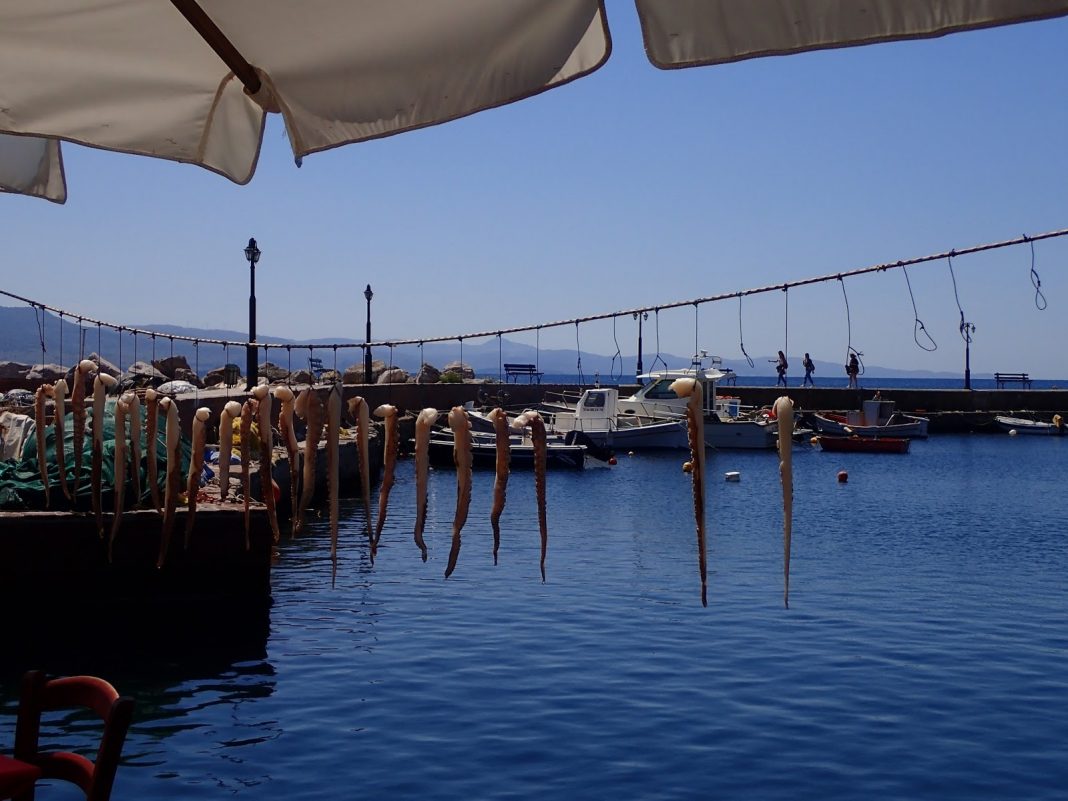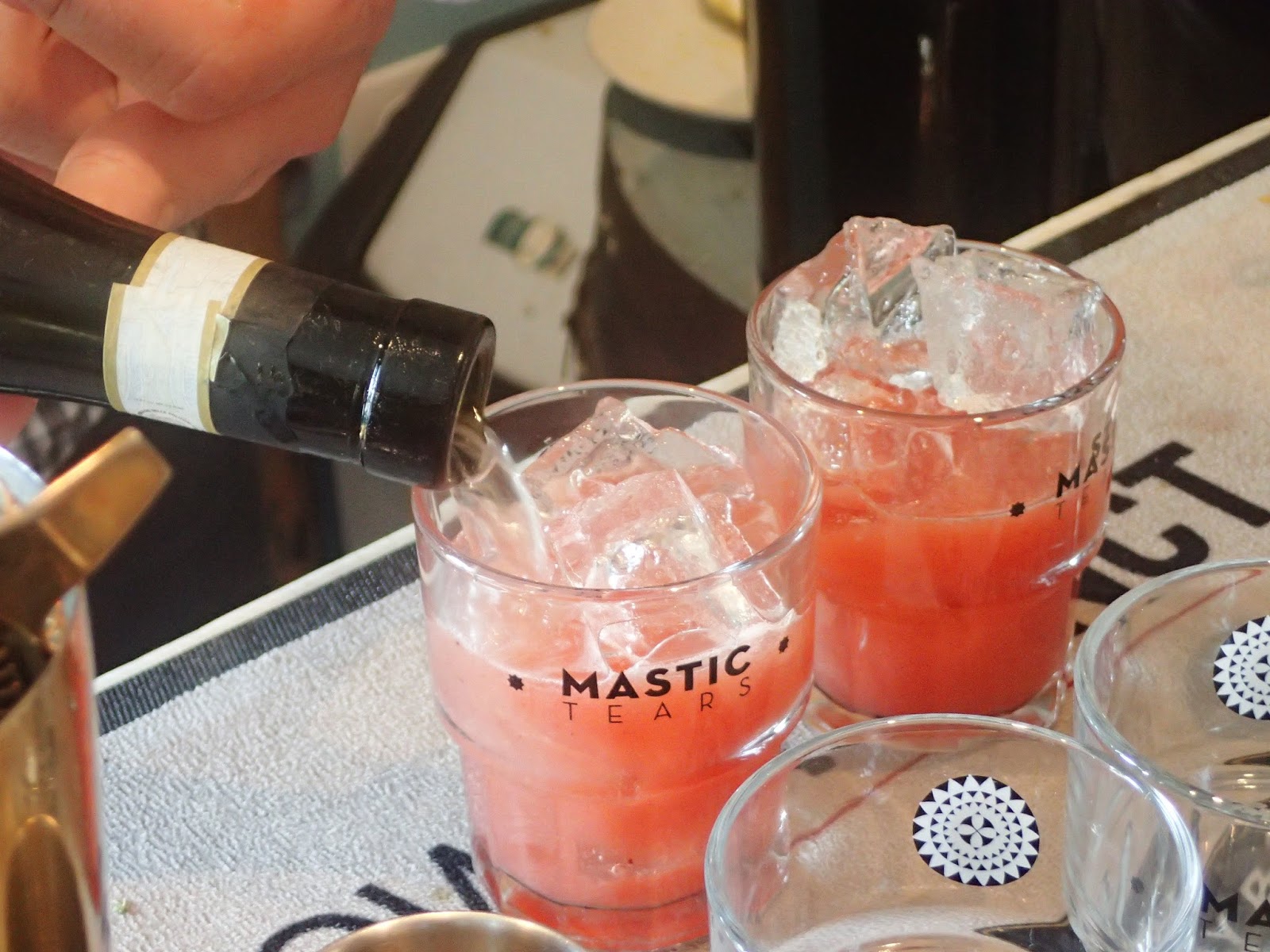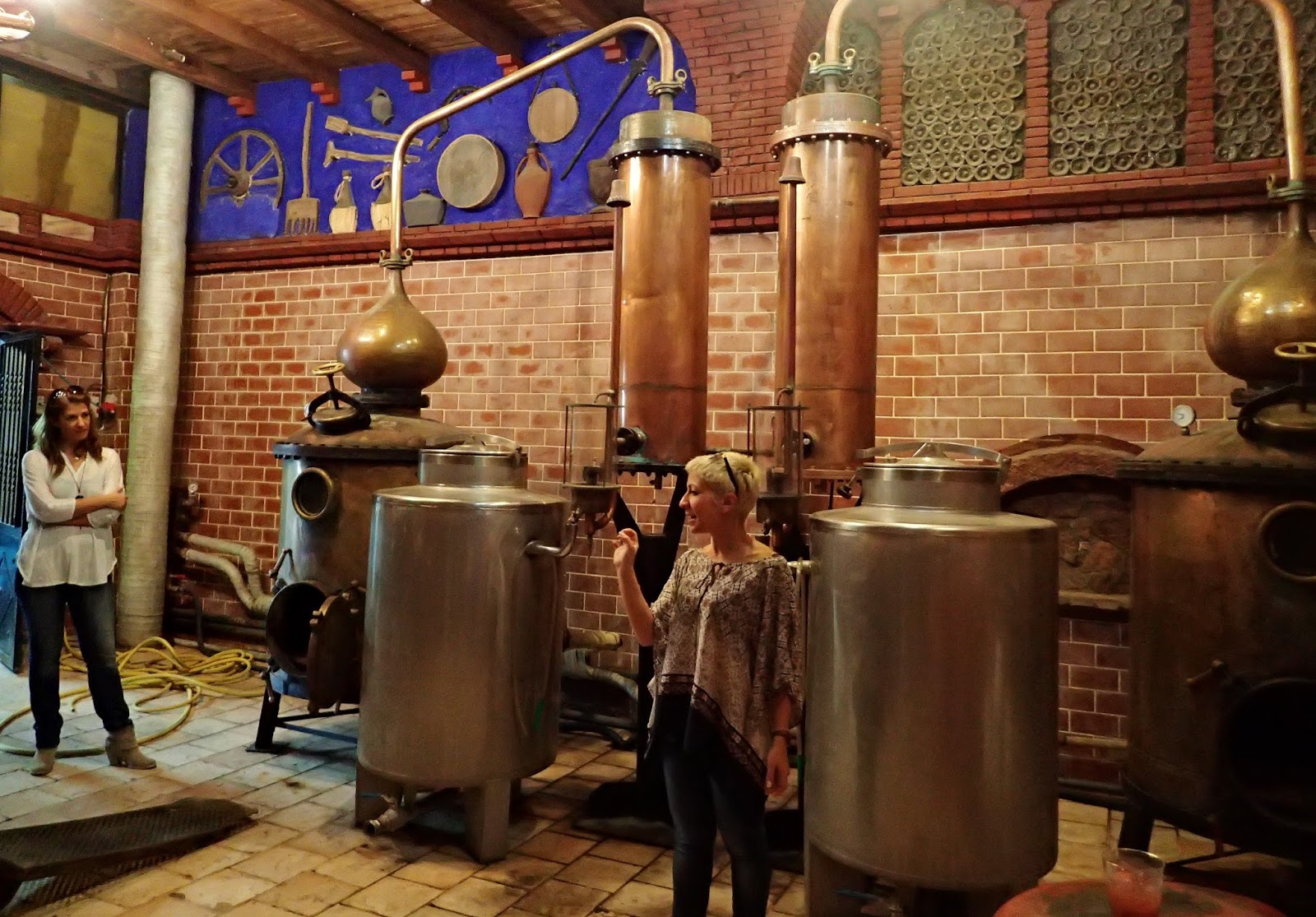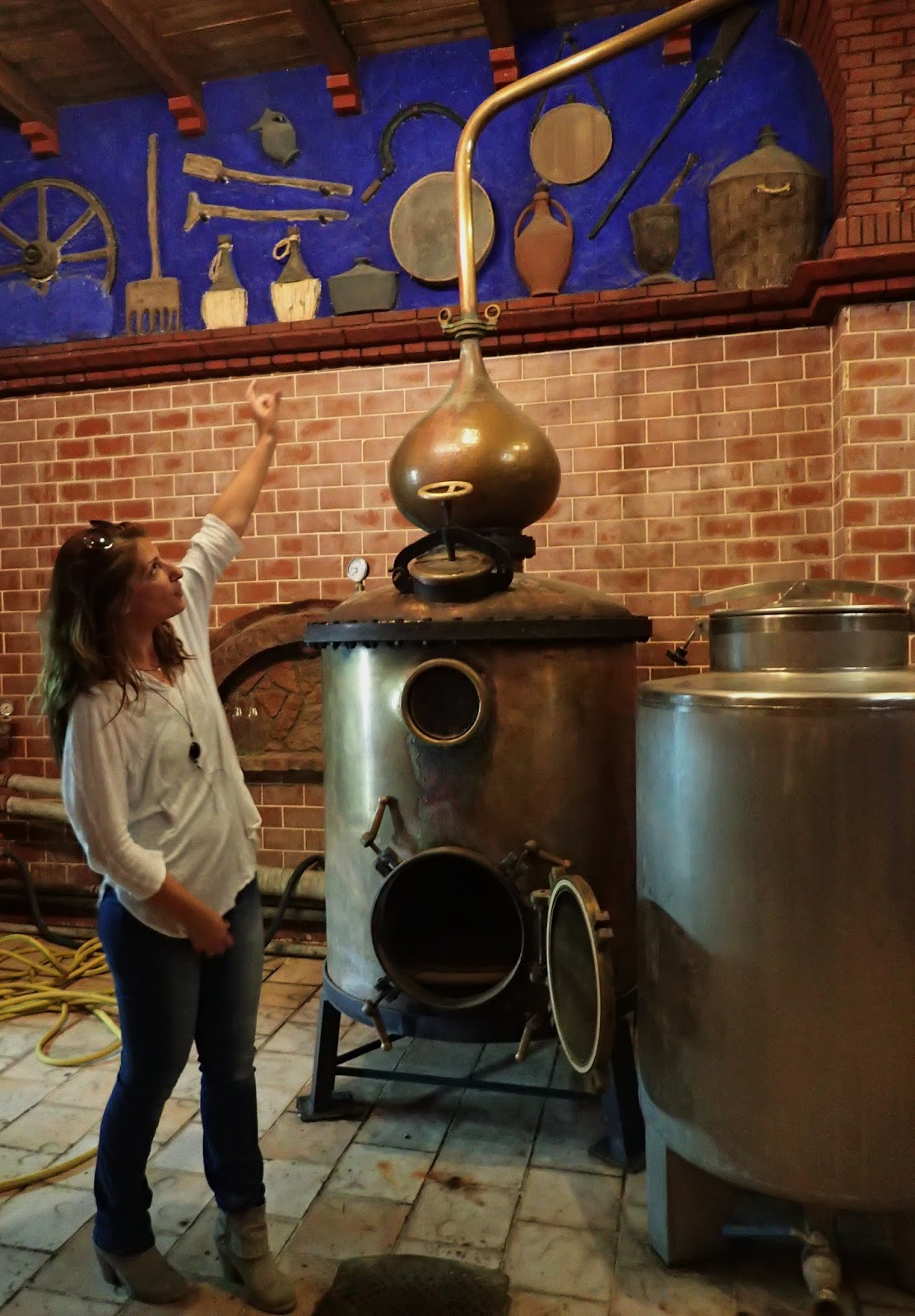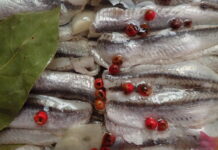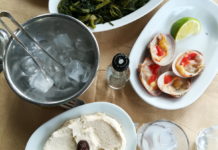Is there a single drink more closely associated with Greece than ouzo? Aromatic- softened and whitened with water- it’s the classic accompaniment to a long lunch of mezze (small plates), hopefully by the sea, colorful fishing boats bobbing around in the water, octopus strung on a line to dry out a little in the sun- a characteristic Greek experience that is happily not a cliche but simply the reality of everyday life, especially on an island. What island specifically? Any of them. But the heart of the culture of ouzo is in Lesvos.
Some friends and I were recently invited to Lesvos to experience all the glories of the island and share them, and ouzo is certainly one of these. The drink’s place in a life beautifully and authentically lived is a rich topic of its own. We also got to know the drink itself- subtle, divine, delicious. What exactly is it? How is it made? What makes ouzo, ouzo?
Learning about ouzo helped me enjoy it all the more- knowledge increases pleasure, this no exception. We are happy to be invited to the Eva Distillery for what I thought would be a tour and a tasting- a pleasant, informative, semi-official event I had been looking forward to with semi-academic anticipation, notebook in hand.
Apparently, that is not how they do things in Lesvos.
Ouzo is culture, and this was a celebration of it in all it aspects, with a mood that could not have been more authentic if it had been in a village square. There were musicians (more about them in another post soon), dancing,
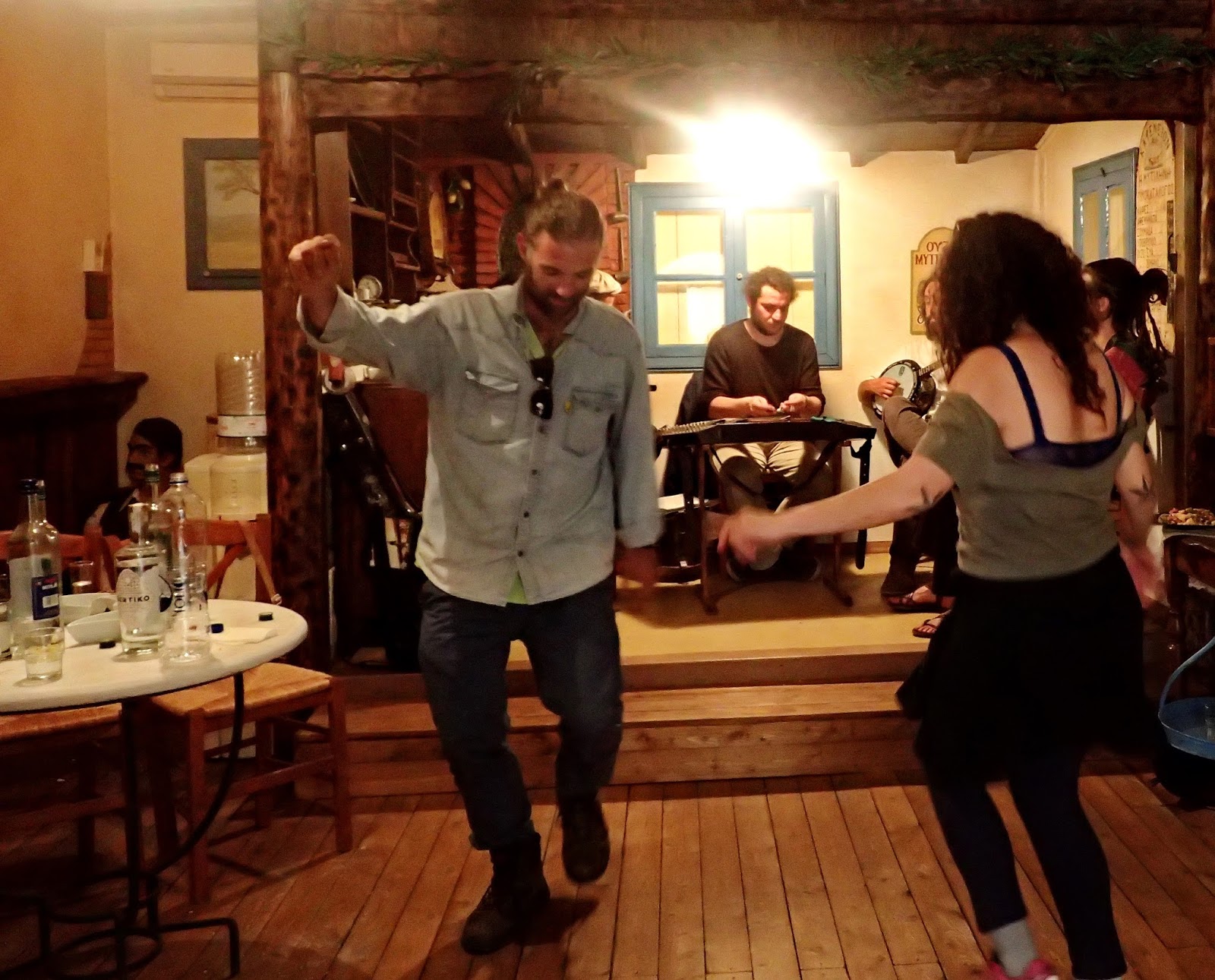
babies sleeping in strollers, authentic foods of the island,
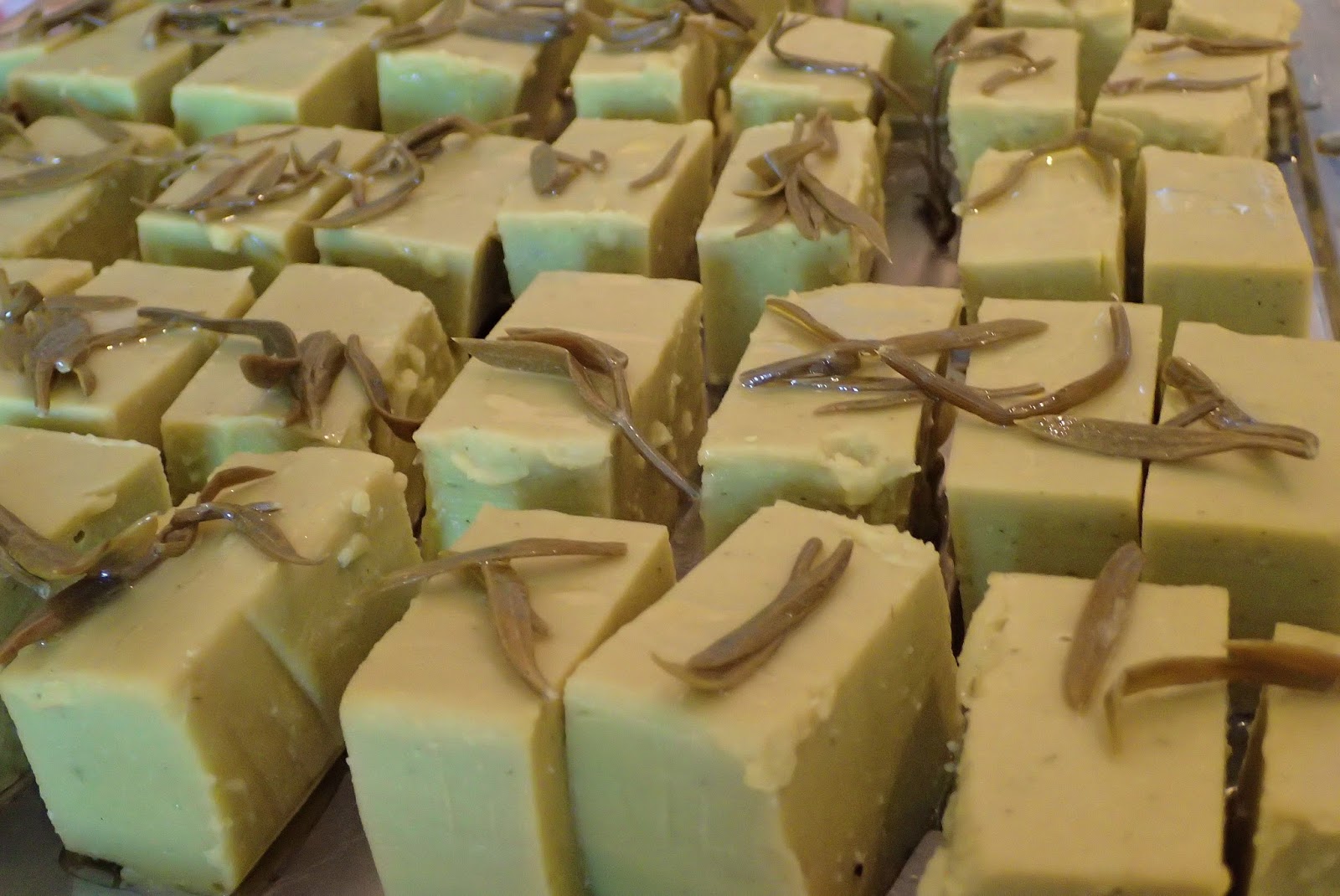
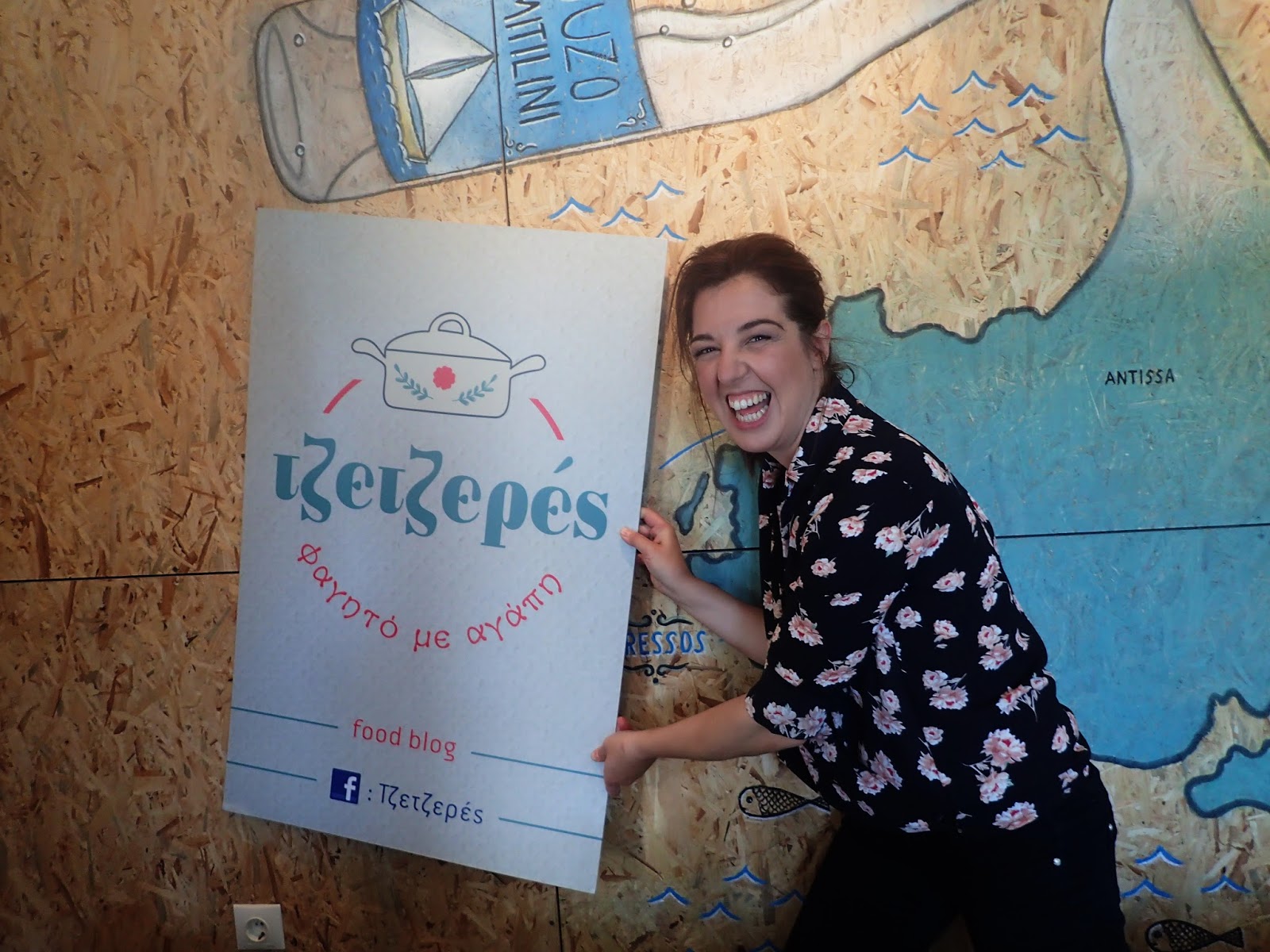
fresh, inventive cocktails (featuring mastic tears) flowing,

like the warmth and conviviality through the room. Everyone knows each other. For a very few seconds, we felt like strangers. Then Maria could see that if we lingered a moment more there would be no tearing us away, so we left the party and went next door to start our tour of the distillery at once.
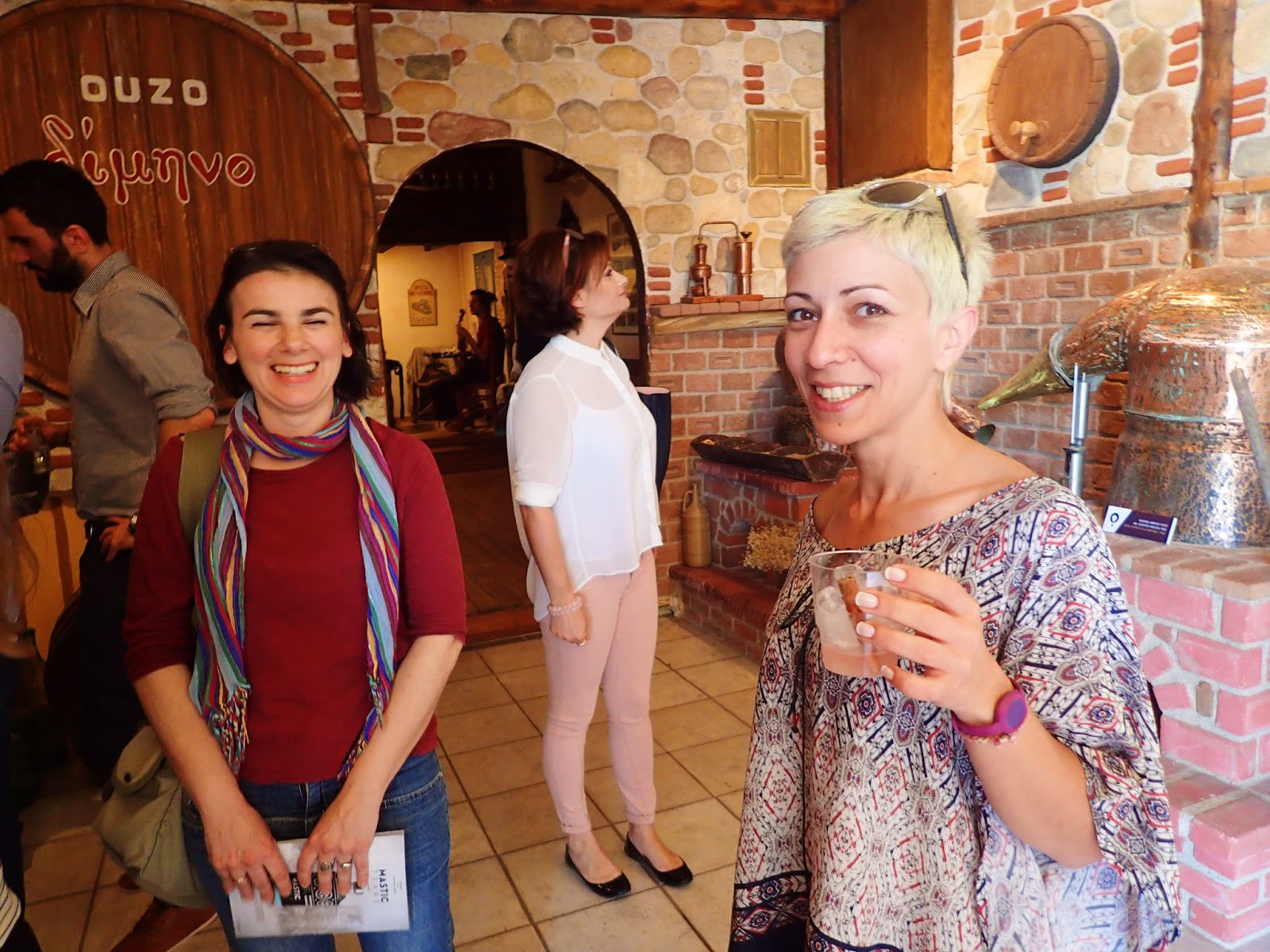
Rather, we took some of the party with us- one could say the heart. Maria Kaplanelli and Eleni Bogri, chemist at Eva, captivate and charm us- the mystery of ouzo is not the less interesting for being unlocked.
Table of Contents
What is ouzo?
Walking into the darkness of the large warehouse we all inhaled and sighed- the air is filled with sweetness of anise and a nice lusty hit of alcohol- ouzo is distilled alcohol with the natural aroma of anise and other aromatics. (Lesvos is blessed with a famously aromatic variety of anise, from Lisvori). Palettes are stacked high with cases of the distillery’s labels. We pass through to a room with two beautiful copper stills.
Maria describes the stills’ anatomy-
in which the the product to be distilled- here the alcohol and the aromatics (in other cases say fermented mashed grapes for grappa)- are placed on the bottom, then steam condenses in the onion shaped dome above, and is transferred to the tank. In this case, the alcohol is definitely not from grapes; alcohol from grain or sugar beets is preferred for its neutrality. Eleni explains:
“We don’t like alcohol from grapes. It misbehaves. It gives the ouzo some sourness we don’t like.”
Ouzo is all heart-
The distillation process takes about 8 hours. Alcohol boils much quicker than water- at just 78 degrees (172 F). The first distillate, called the head, is therefore very, very high in alcohol, and low in aromatics- water has not had time to join the alcohol, and the aromatics have not had time to infuse the mixture. In the tail, the reverse is true- low alcohol, very intense flavors. The middle of the distillation process- the heart- yeilds the ideal.
(Why don’t they mix the head and tail in? Won’t they balance each other? Eleni explains- even if you do not scorch a stew, after hours the aromatics and vegetables will take on a tired flavor. Adding, say, some fresh carrots will not change that. After 8 hours, the aromatics in the ouzo have similarly taken on a “cooked” flavor).
There seems to be a lot of discernment, a lot of love, and a lot of time devoted to a batch, and these batches are not large. This is an artisinal, hand-crafted product.
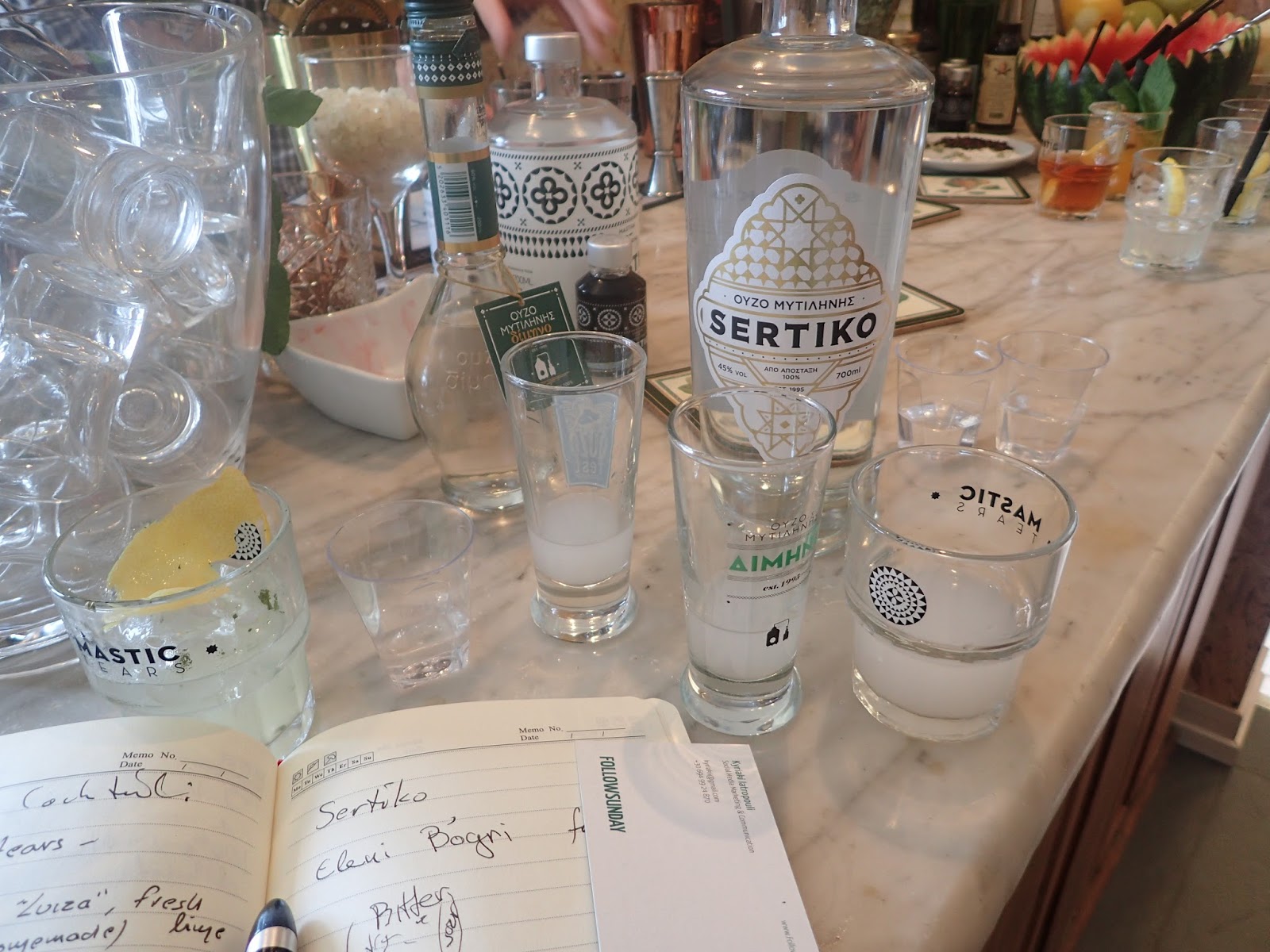
What makes it ouzo?
For a drink to be labelled ouzo, three criteria have to be met:
– The still must be copper.
– The alcohol must of agricultural origin.
– Best for last? It has to be made in Greece.
This official relationship between ouzo and Greece formalizes the drink’s cultural resonance. It is a protected geographic product (like Parmagiano Reggiano for instance). You can make a distilled spirit and scent it with anise anywhere you like, but you cannot call it ouzo. More status protection? Ouzo is officially designated a National Traditional Drink, and enjoys lower taxation, a recognition of its being uniquely Greek. The brandy Metaxa, for example, and wines and beers produced in Greece do not have the same taxation. They may be produced in Greece, but they do not in the same way play a defining, iconic role in Greece’s cultural and gastronomic identity.
We rejoin the party to taste now in earnest. Eva has a new ouzo Eleni has been working on and it has recently come out. She says it is an ouzo with a decidedly Eastern flavor with several aromatics. I try it; I like it. There is a lot going on. But I am not expert. It will be easier to appreciate if I have another ouzo to compare. I have a little of the Dimino, Eva’s popular label I know and often order when I’m out. Now the flavor of the new one unfolds. I sometimes like a Pastis at cocktail hour- this delivers the same complexity of experience.
What makes ouzo interesting?-
The volatiles- whatever carries to the air. Aromas are volatile; alcohol is volatile. The alcohol content of the ouzo we are trying is on the high side- 40%. It needs to be, because there is so much going on aromatically, and alcohol is an effective vehicle for aroma. (My other favorite scientific term of the day is “organoleptic”- meaning the properties of something such as are perceived by the senses)
What makes ouzo so nice and cloudy white?-
Clear in the bottle and clear when drunk neat, ouzo turns softy cloudy with the addition of water. The anise oils are soluble in alcohol, but not in water- increase the water content, and they show themselves.
The how of ouzo is at least as rich a topic as the what. There is much to say another time. Until then, this one key point in its enjoyment- order an ouzo in Thessaloniki or an ouzo in Athens, it comes with a small bucket of ice. In Lesvos, never(!) It is said to ruin the taste. (Also, the sparkling flakes of aroma that develop around the ice are thought to be the source of a hangover). Chilled water is the only addition. They must know best.
Lastly, I was reading the profile of the Eva distillery. I thought it was the woman’s name Eva, but actually it is short for “Eviva”- a classic toast of the island (and Eviva to that).
Eva distillery: http://www.eva-distillery.gr/en
The drinking culture of Greece is filled with style and grace.

